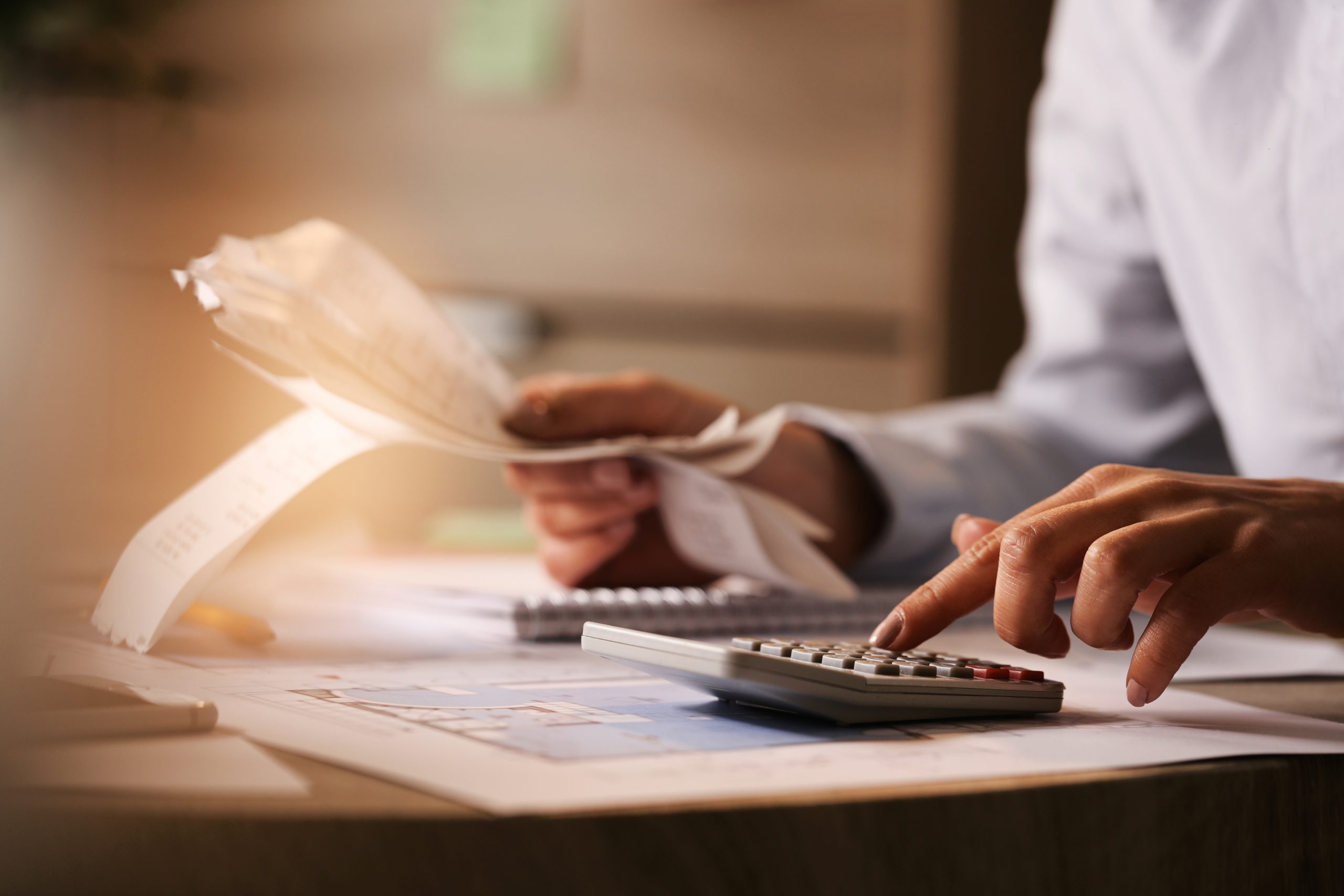As the January 31st deadline for self-assessment tax returns inches closer, HM Revenue and Customs (HMRC) is sounding the alarm for the nearly 5.7 million customers who are yet to file their tax returns for the 2022 to 2023 tax year. The clock is ticking, and it’s crucial to take action quickly.
For those who have already seized the initiative, over 6.5 million customers have successfully filed their tax returns, with interesting filing trends emerging. New Year’s Eve saw 25,593 submissions, peaking between 12 pm and 12.59 pm. This underlines the urgency and commitment of individuals to meeting their tax obligations.
HMRC’s director general for customer services, Myrtle Lloyd, emphasises the urgency: “The clock is ticking for those customers yet to file their tax return. Don’t put it off; kick start the new year by sorting your Self-Assessment.”
Tips for Filing Your Self-Assessment Tax Returns
If you have yet to submit your Self-Assessment Tax Return, you might be scribbling around to find the necessary documents. Starting from how to fill in a self-assessment tax return, moving to some expert tips, to even learning who is obligated to file a tax return.

Whether you are filing your tax return for the first time or want to make your process simpler, here is everything you need to know about personal tax returns.
How to Pay Your HMRC Tax Return
For those in the middle of the process, HMRC offers a variety of resources online, including video tutorials on YouTube. The most efficient method of payment is through HMRC’s app, ensuring a seamless and secure transaction.
What to Do If You Can’t Pay Your Self-Assessment Tax Return
In cases where paying in full poses challenges, HMRC extends support and advice. The Time to Pay plan, designed for amounts under £30,000, provides a feasible solution. Importantly, HMRC acknowledges individual circumstances, considering reasonable excuses for missing the deadline, potentially alleviating penalties.
Expert Tips and Pitfalls to Avoid
Tax experts stress the importance of avoiding common pitfalls while navigating the self-assessment process. Key areas include declaring all rental income, reporting foreign income, acknowledging side-hustle earnings, accounting for bank interest, and not overlooking crypto gains.

Who Needs to File a Self-Assessment Tax Return?
A clear understanding of who is obligated to file a self-assessment tax return is crucial. Small business owners, those with untaxed income, and individuals earning above specific thresholds fall under this category.
Frozen Tax Thresholds and Fiscal Drag
Despite changes to National Insurance contributions, frozen tax thresholds and reductions in allowances could push more people into the realm of tax obligations. Forecasts indicate that 1.2 million more people might need to file a self-assessment tax return for 2023/24.
Payments on Account and Avoiding Self-Assessment Tax Return Deadline Rush
Exploring payments on account for the 2022/23 tax year becomes imperative, considering individuals have earned nine months of income without paying tax. The advice is clear – avoiding last-minute rushes is key, emphasising the importance of preparation and gathering all relevant financial documents.
Impact of Selling Online on Tax Obligations
HMRC’s scrutiny on online traders who fail to declare sales raises questions for those engaged in selling on platforms like eBay and Vinted. Understanding the £1,000 trading allowance and upcoming rules for digital platforms reporting user income becomes essential.

Conclusion
As the self-assessment deadline looms, staying informed, avoiding common pitfalls, and leveraging available resources are paramount. By understanding the intricacies of the process, individuals can confidently navigate their personal tax returns, meeting their tax obligations efficiently and avoiding unnecessary stress.